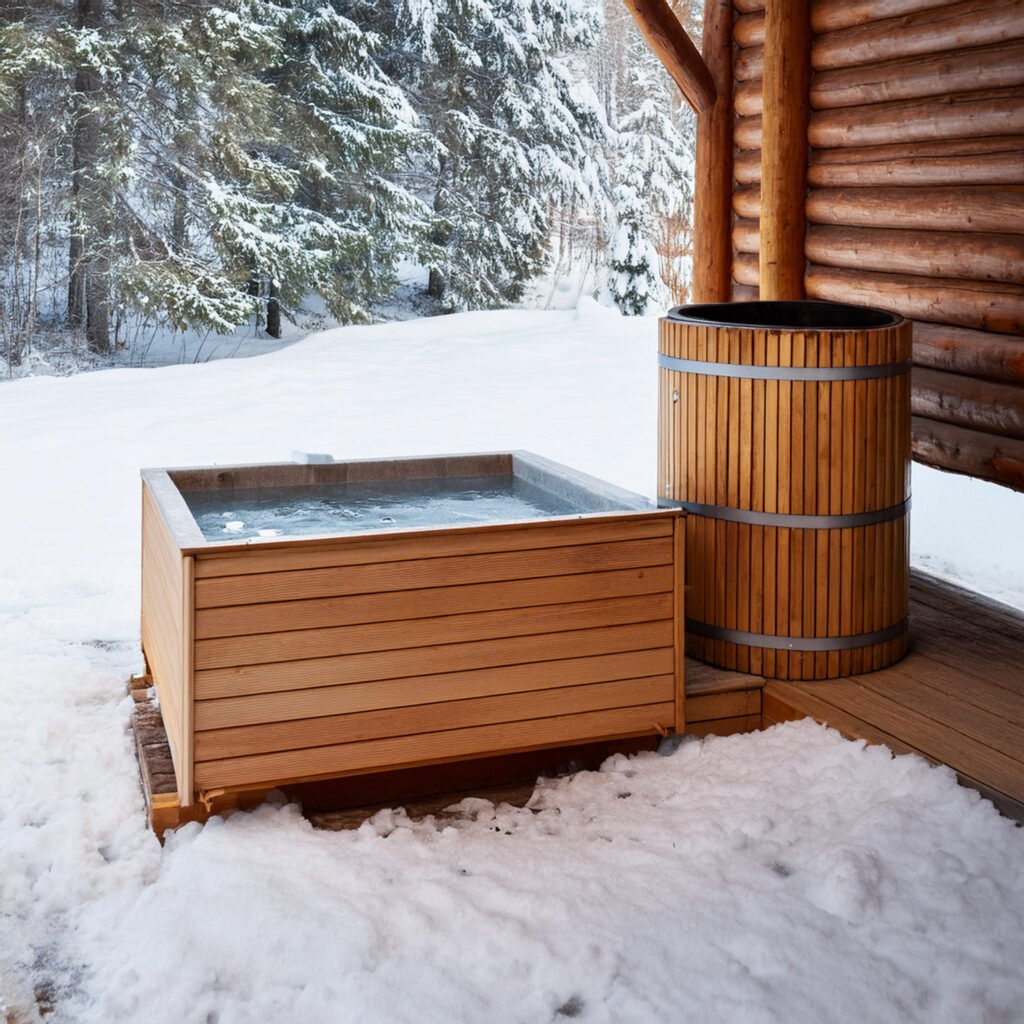The Rise of Ice Baths: Uncovering Powerful Health Benefits
Lucie
December 5, 2024

Introduction to Ice Baths
Ice baths, also known as cold water immersion, have grown in popularity as part of wellness routines. Initially, athletes used them for recovery. The practice involves submerging the body in cold water for a set period. This method has been used for centuries, dating back to ancient cultures like the Greeks and Romans, who believed cold water had healing benefits.
Today, ice baths are more than just a recovery tool for athletes. Wellness advocates now recommend them for a variety of reasons, from improving circulation to enhancing mental resilience. In fact, research supports these claims, showing that cold exposure can trigger beneficial physiological responses in the body.Link to PubMed
How Ice Baths Work
When you enter an ice bath, your body reacts immediately. The cold causes your blood vessels to constrict. This helps reduce inflammation and swelling. After you leave the bath, your blood vessels dilate, which increases circulation and promotes healing.
The process also helps reduce muscle soreness. Ice baths are especially useful after intense physical activity, as they help the body recover more quickly. The cold immersion not only aids in physical recovery but can also boost mental resilience.
Scientific Benefits of Ice Baths
Ice baths have numerous scientifically proven benefits. Studies show that cold water immersion can reduce inflammation and accelerate muscle recovery. The body’s response to cold exposure leads to a decrease in swelling and soreness, making it an effective recovery method for athletes.
Moreover, cold exposure has mental health benefits. Ice baths can increase norepinephrine, a hormone that enhances focus and mood. Over time, this builds mental resilience, helping individuals cope with stress and discomfort.
Types of Ice Baths
Ice baths come in several different types. The most common include inflatable, cedar, and stainless steel models.
Inflatable Ice Baths: These are portable and easy to set up. They are ideal for home use and are affordable.
Cedar Ice Baths: Made from high-quality wood, these offer a natural and therapeutic experience. Cedar wood is known for its calming properties.
Stainless Steel Ice Baths: Durable and easy to clean, stainless steel ice baths are often used in commercial settings due to their robustness and hygiene benefits.
Each type offers unique advantages. Your choice depends on your preferences, available space, and budget.

How to Use Ice Baths Safely
To safely incorporate ice baths into your wellness routine, preparation is key. Start by filling a suitable container with cold water, then add ice. The water temperature should be between 50°F and 59°F (10°C to 15°C).
For beginners, limit your ice bath to 1 to 3 minutes. Gradually increase the duration to 10-15 minutes as your body adapts. It’s important to focus on controlled breathing, which can help you manage the cold shock.
Before starting, ensure you are in good health. Individuals with certain medical conditions, such as heart problems, should consult a healthcare professional. Also, it’s a good idea to have someone nearby for support during your first few sessions.
After your ice bath, warm up gradually. Avoid using harsh heat sources, as this can cause thermal shock. Gentle stretching and hydration are also important for recovery.
Health Benefits of Ice Baths
The most well-known benefits of ice baths are their ability to speed up recovery. After exercise, ice baths reduce muscle soreness and swelling, allowing the body to heal faster. The cold constricts blood vessels, reducing inflammation. Once the body warms up, circulation improves, promoting tissue repair.
In addition to physical recovery, ice baths have mental health benefits. The cold shock can help build mental resilience. Over time, individuals find that they are better able to cope with stress and discomfort. Studies suggest that regular ice baths can reduce symptoms of anxiety and improve mood.

Conclusion: Ice Baths as Part of Your Wellness Routine
Ice baths have become a popular tool for both physical and mental recovery. They offer a range of benefits, from faster muscle recovery to improved mood and resilience. As more research supports their effectiveness, ice baths are likely to become a common part of wellness routines.
Whether you’re an athlete looking to speed up recovery or someone seeking improved mental health, ice baths offer a simple yet effective solution. By choosing the right type and following safety guidelines, you can make the most of this powerful recovery tool.



